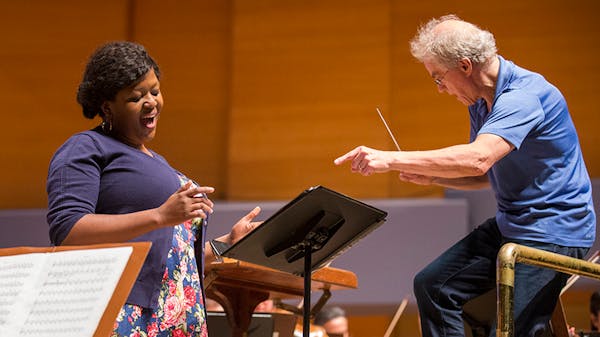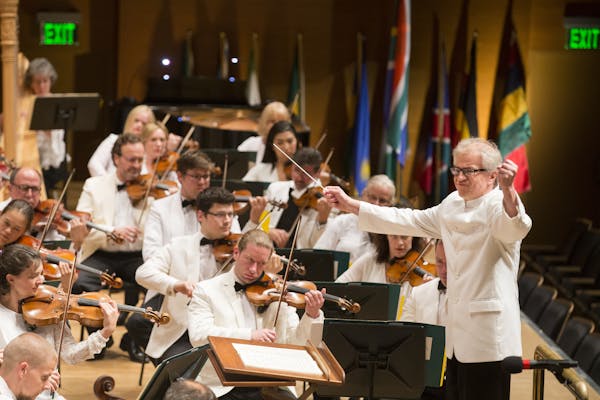CAPE TOWN, SOUTH AFRICA – The Minnesota Orchestra flew here this week for the opening concert of its history-making tour of South Africa.
But first, some of its players boarded a boat.
After a 45-minute trek Wednesday across the turquoise waters of Table Bay, about 30 musicians and staffers landed on Robben Island.
"I believe there's an orchestra from the U.S. on board?" a guide called out after they boarded a packed tour bus.
The musicians were here, at this former prison, to experience a darker period in South Africa's history. For 18 years, the country's most famous freedom fighter and first black president was prisoner No. 46664. When he was finally freed in 1990, Nelson Mandela delivered his first speech from a balcony at Cape Town City Hall, where the orchestra will play its first concert Friday.
The Minnesota musicians stepped off the bus and walked through a series of fences, topped with spirals of barbed wire, to meet the man who would bring them inside the isolated, stone building.
Derrick Basson, 51, served five years here as a political prisoner. Translating from Afrikaans, he related the words that Mandela and others were greeted with upon their arrival here:
"This is no Johannesburg or Pretoria. This is Robben Island.
"And over here, you're certainly going to die.' "
Inside, Basson explained how the prison worked, its hard labor and small cells. Black inmates were given less, and poorer, food. He held up a document outlining the daily rations: "Coloureds" (mixed-race or Asians) received 8 ounces of bread daily, while black prisoners — "Bantus" — got none. Blacks got less fat, too, less sugar and no jam.
"Like everything else in prison," Mandela wrote in his autobiography, "diet is discriminatory."
Basson spoke softly and without anger. He asked if there were questions.
"When you were in prison, were you able to believe your movement would be successful," violist Sam Bergman asked, "or did you think the apartheid government would outlast you?"
Prisoners here weren't supernatural, Basson said, so of course they experienced moments of depression. "But we knew we were fighting for a just and noble cause. I think that that was enough to keep one going."
He led the group past a prison yard where inmates broke rocks, then into a block of cells. The fourth one in, he said, was Mandela's. It was barely 6 feet wide.
"I could walk the length of my cell in three paces," Mandela wrote. The tour group walked by, slowly, silently. With a big lens, music director Osmo Vänskä snapped photos through the bars of the room where Mandela slept on a straw mat on the concrete floor.
Then Basson said goodbye, pressing his hands together as he thanked them for coming.
The musicians walked out of the prison, talking softly about what they had just witnessed.
"To guide people through a place like that," Bergman said later, shaking his head. "To have the strength that a man like that has? I know I don't have that strength.
"How can you not learn from people like that?"
Singing, ceremonies and straw hats: Olympics opening ceremony in Tahiti centers Polynesian culture

Three 101-year-old friends recall fond memories in 1940s Alexandria
Celine Dion makes musical comeback at Paris Olympics with Eiffel Tower serenade



